On the Road – Coal Town
When Railroads Fueled American Industry
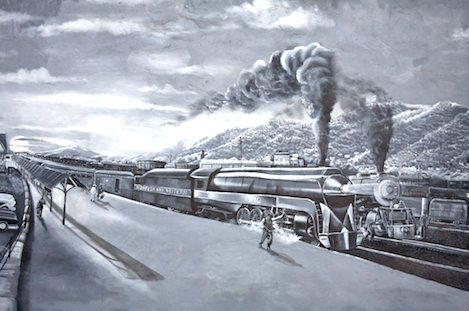
Bluefield, West Virginia. For the first time since I began my trip across America I have a deadline: I need to be at the Baltimore airport tomorrow to pick up my significant other. Yvonne is a second grade teacher, has two weeks off for spring break – which is enough for us to explore Washington DC and the Philadelphia area – but not enough to join me on the ground.

Before that I’ll need to get us a place to stay near DC and make sure everything is in order. So when I wake up in Bluefield on Saturday morning I know I don’t have much time to explore. Still, I can’t resist an hour to see a bit of Bluefield.
Yesterday’s trip had taken me across the eastern half of Kentucky. As I neared the Appalachians the land gradually turned from rolling hills and grassland to tree-covered foothills and finally mountains. Though the eastern part is as beautiful as the western half I was a bit sad to see the bluegrass fade into the distant horizon. Near Pikesville, Kentucky I was full on into the mountains and as I entered Williamson, West Virginia the signs that this was coal mining country were everywhere.
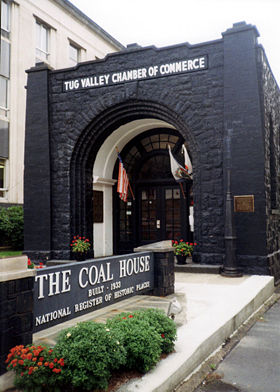
Established in 1892 as a railroad hub serving the many coal mines in the area, Williamson exemplifies many of the small West Virginia mountain towns. Located along narrow valleys and surrounded by steep walls, while main street and the rails dominate the lowlands, the brick and wood houses built by the early settlers sit almost one on top another on the hillsides. The result lends a charm and the view as one enters town is quite picturesque.
Beyond Williamson, the 60 mile drive to Bluefield consisted mostly of a series of ups and downs on tight, twisty mountain roads that was hard both on the brakes and the nerves.
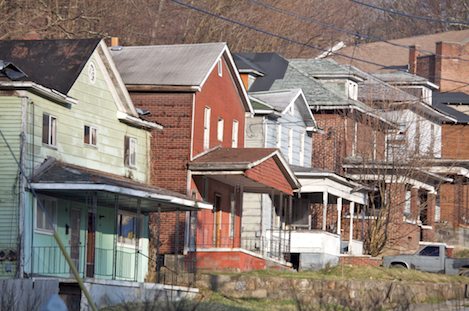
Like Williamson, Bluefield is a railroad town but with a bit longer of a history. Named after the fields of chicory that cover the hillsides in the late spring and summer months and turn them a deep rich blue, the town was settled in the 1780s as an outpost on the Appalachia frontier by several families looking to build a future for themsleves – and in doing so were part of what was to become the western movement. From the end of the Revolutionary War through the end of Jefferson’s second term in office more than 300,000 others would follow the Davidsons and the Baileys west into the country that Jefferson had secured for the United States through the Louisiana Purchase.
Together the families built a small village with a mill, a church, a one-room schoolhouse, and a fort for defending the small settlement against invasions by the Shawnee Indian tribe. Within a few years Bluefield became both a farming community as well as an entry point into the Kentucky and Tennesse frontiers.
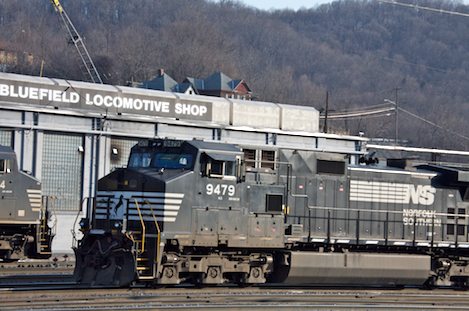
Little did these pioneers know, however, that beneath their feet lay the largest and richest deposit of bituminous coal in the world – the soft burning coal which was ripe for fueling the industrial machines of the developing world. In 1882, Captain John Fields representing the Norfolk and Western Railroad visited town. By the time his visit was over, the railroad company owned the title to a huge chunk of the valley. The railroad boom was about to begin.
The city’s growth was phenomenal. In a one year period from 1887 to 1888, passenger travel along the railroad jumped over 300% and like San Francisco of the gold rush period in California, Bluefield became a city that sprung up almost overnight.
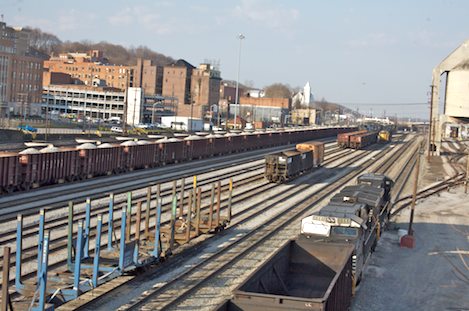
Unfortunately, Bluefield was not a city that had control over its own destiny. It was a company town and that company was the giant Norfolk and Western Railroad. When coal tonnage was good and the market for coal was booming, apparently Bluefield was literally a “Little New York” as it was called in the day. A bustling metropolis, it had a nightlife and a personality that was a little bit Chicago, a little bit New York, and a whole lot of Pittsburgh – rugged and with steel and coal embedded in its soul.
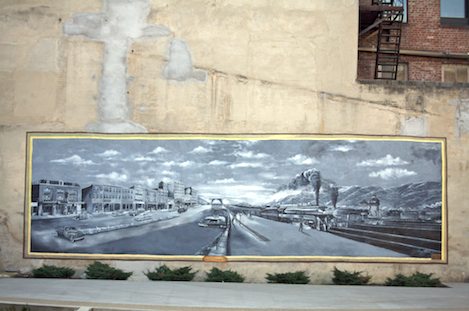
But like its meteoric rise, Bluefield crashed during the depression years and the demand for coal fell to historic lows. During the 30s a series of devastating structural fires swept through the downtown area and nearly took down every high rise in the city. Not only was the economy in ruins but most of the visible symbols of the city’s history coal boom period were gone. Not until World War II fueled the demand for coal again did the city recover some of its former glory but this was short lived.
In the 1960s, as the interstate road system was extended into the Bluefield area and a massive two-mile long tunnel was punched through the high mountains surrounding the town, the importance of the rail traffic diminished again.
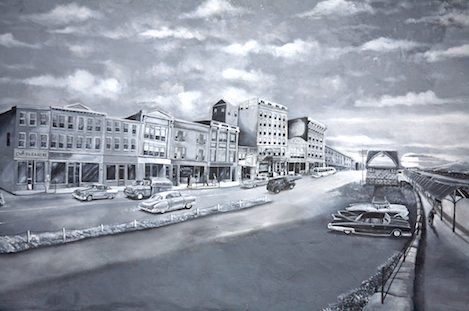
As I drive through the historic downtown areas and along the rail lines, the town seems sleepy. With the nearby parkways and interstates bypassing town, few outsiders will ever know much of Bluefield’s past nor spend much time here. Nevertheless, this will take nothing away from the historic role that Bluefield played as a frontier town and railroad hub whose carloads full of coal fueled much of America’s industrial growth.



